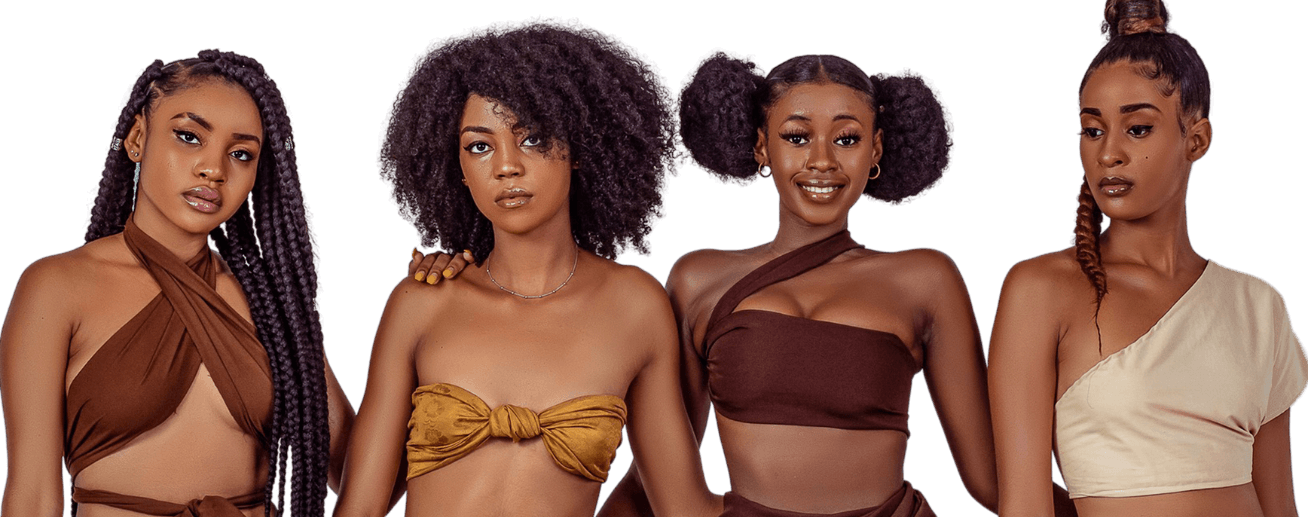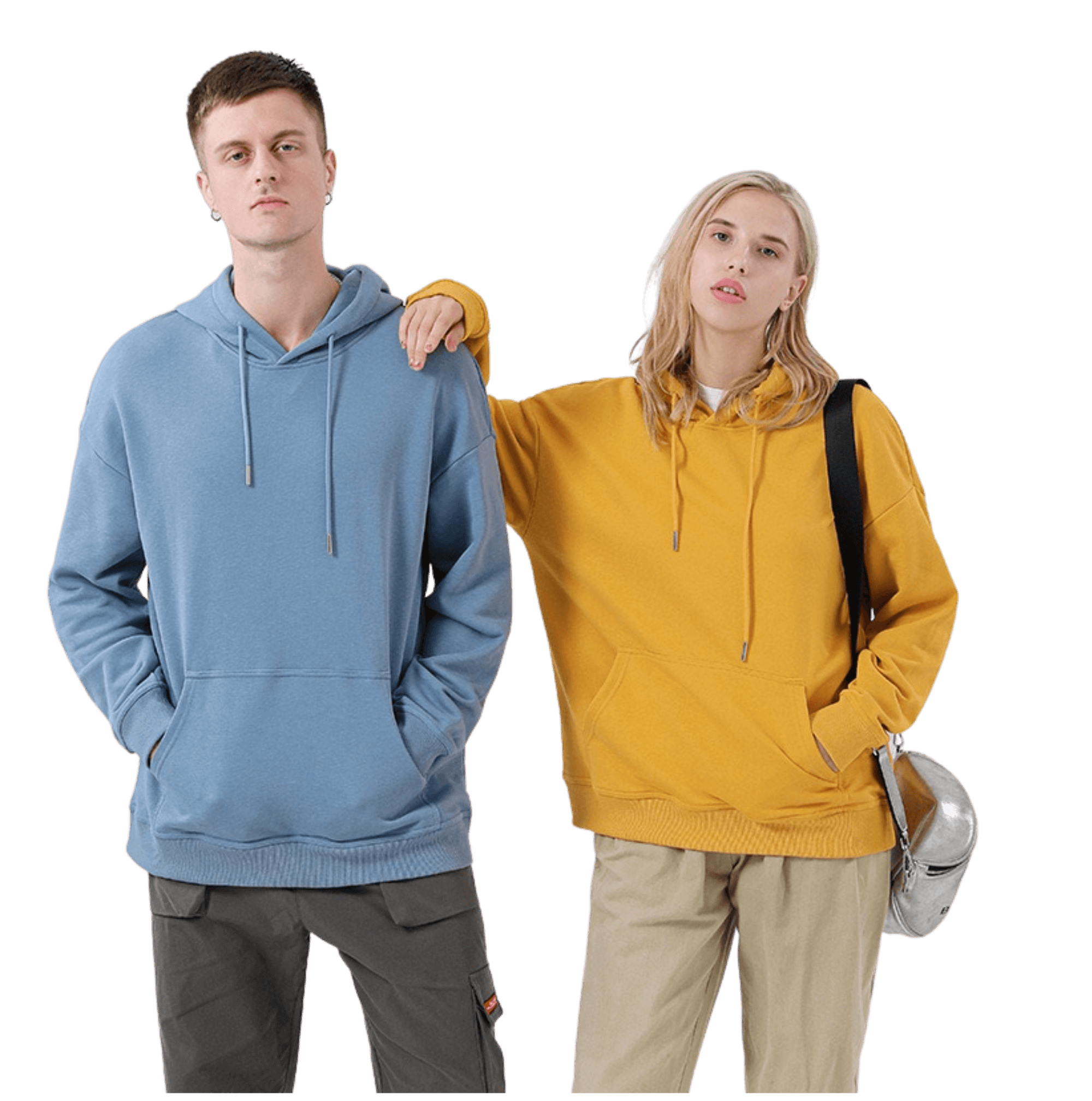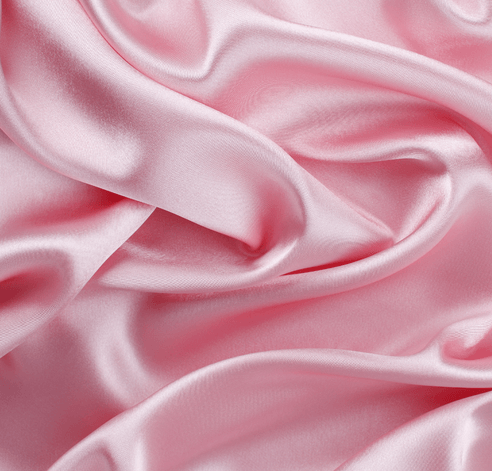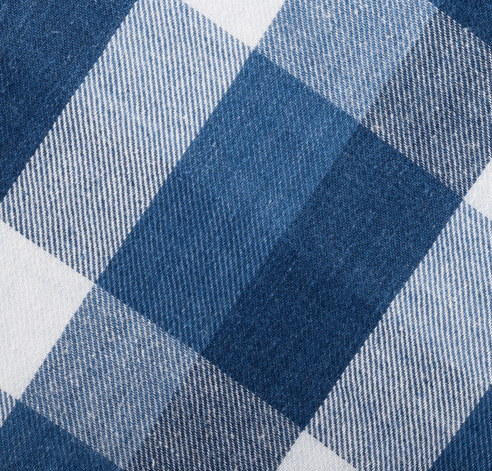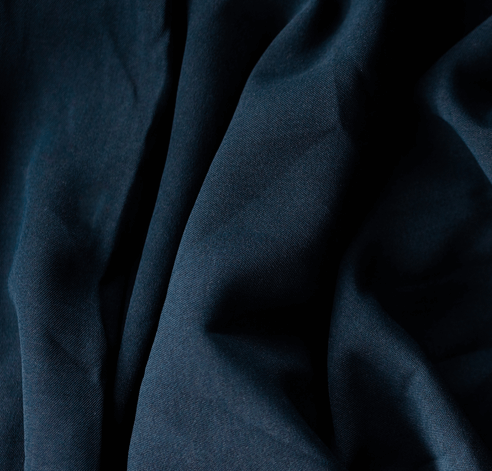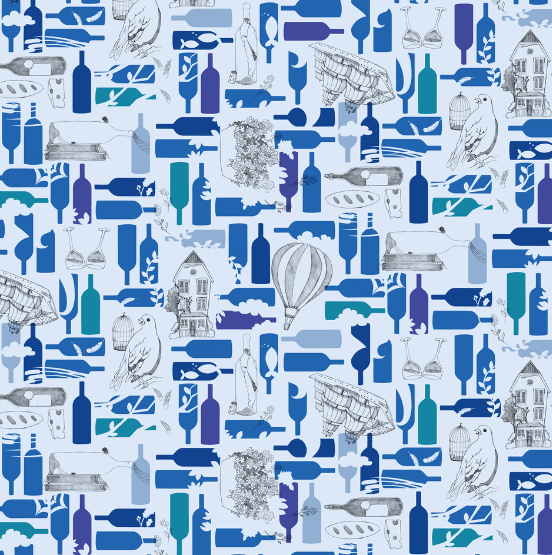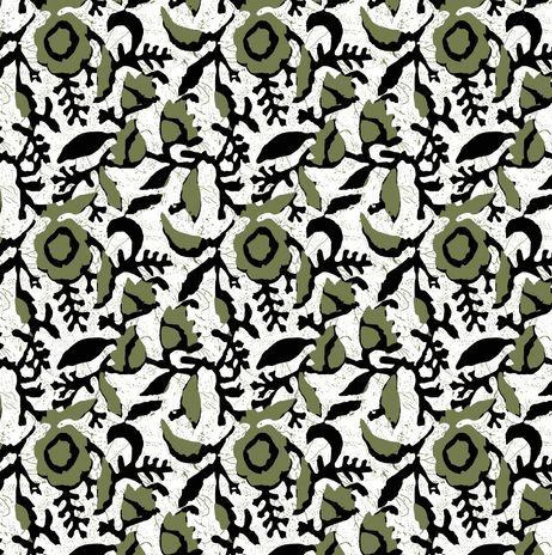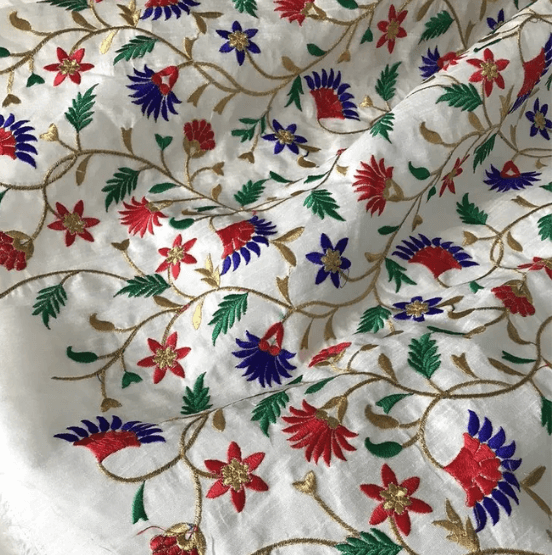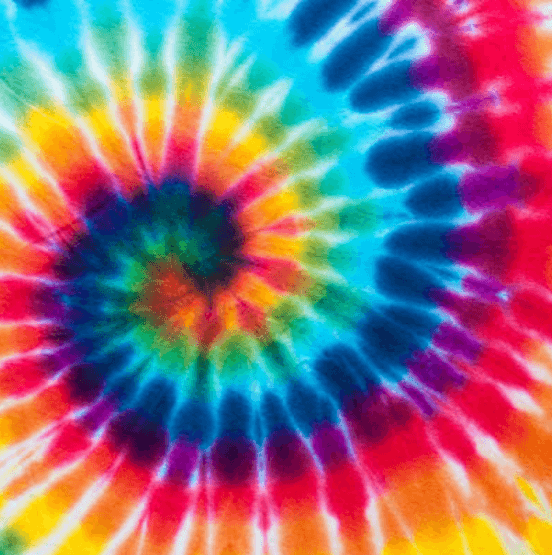1. What Is Sustainable Clothing?
Sustainable clothing is made from natural, renewable materials that are grown without the use of harmful chemicals or pesticides. The production of sustainable clothing also follows ethical guidelines that protect workers and the environment.
As more consumers become aware of the environmental and social impacts of the fashion industry, sustainable fashion is becoming an increasingly popular option.
In addition to being better for the environment, sustainable fashion is also often more ethical than traditional fast fashion. Sustainable fashion brands typically pay their workers fairly and provide safer working conditions.
If you’re looking for A Beginner’s Guide to Sustainable Fashion, this video might be right for you.
2. Fabric Used in Sustainable Clothing
The sustainable clothing guide wouldn’t be complete without mentioning the fabrics used. Sustainable materials are made from sources that have a low impact on the environment. The most common materials used in sustainable clothing are the following:
Organic Cotton
Organic cotton is one of the most popular sustainable materials used in clothing. It’s made from natural fibers that are grown without the use of harmful chemicals and pesticides. Organic cotton is also biodegradable, making it a sustainable choice for clothing.
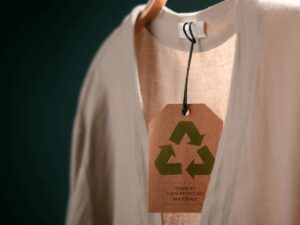
Hemp
Hemp fabric is durable and absorbent, making it a sustainable choice for clothing. It is made from the stalk of the hemp plant and can be used to make a variety of clothing items, including shirts, pants, and even dresses.
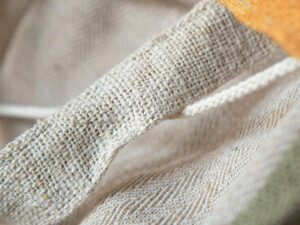
Linen
Linen is a sustainable fabric made from the fibers of the flax plant. It is strong and durable, making it an excellent choice for clothing that will be worn often. It is also absorbent and breathes well, making it a comfortable fabric to wear in warm weather.

Bamboo
Bamboo is one of the most sustainable fabrics out there. It grows quickly and doesn’t require a lot of water or pesticides to thrive. Bamboo fabric is also soft, breathable, and durable, making it a great choice for clothing. In addition, bamboo is naturally antibacterial, so it can help to prevent odor-causing bacteria from building up on your clothes.
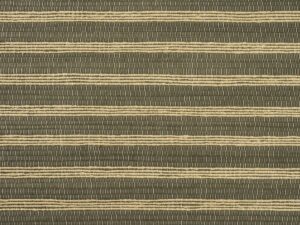
Recycled Polyester
Recycled polyester is a type of sustainable fabric made from post-consumer plastic bottles. The bottles are collected, cleaned, and shredded into small pellets. This fabric is often used to make athletic wear, as it is lightweight and breathable.
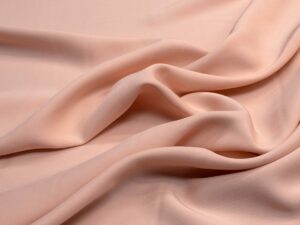
3. Sustainable Clothing vs. Eco-friendly Clothing
Most people know that it’s important to be eco-friendly. One of the best ways to do this is to choose sustainable clothing options. Unfortunately, many people don’t know the difference between sustainable and eco-friendly clothing.
Sustainable clothing is made from materials that can be renewable, such as organic cotton or bamboo. Eco-friendly clothing, on the other hand, is made from recycled materials. It’s important to note that both sustainable and environmentally friendly clothing options are good for the environment.
However, sustainable clothing is generally considered to be the better option because it doesn’t rely on finite resources. In other words, sustainable clothing is a more efficient use of resources and has a smaller environmental impact overall.
4. Sustainable Clothing Certification & Standards
Many certifications and standards exist to help guide companies and consumers alike in making more sustainable choices. Some of the most well-known sustainable clothing certifications include:
GOTS
The Global Organic Textile Standard (GOTS) is the leading certification for organic textile products including clothing, home textiles, and personal care products. GOTS certification covers the entire supply chain from raw materials to the final product and includes standards for environmental and social responsibility.
Bluesign
The Bluesign standard is a comprehensive system that assesses the environmental impact of textile production and ensures that harmful chemicals are not used in the manufacturing process. The Bluesign certification is given to products that meet a set of strict environmental and social criteria.
Fairtrade International
The Fairtrade International certification is given to products that meet a set of standards for fair labor and sustainable production. The Fairtrade certification covers a wide range of products including food, flowers, and clothing.
5. 4 Ways to Support Sustainable Fashion
The goal of sustainable fashion is to reduce the negative environmental and social impact of the fashion industry while promoting human rights. Here are four ways you can support sustainable fashion:
#1 Shop Secondhand
Buying secondhand clothing is a great way to extend the life of existing garments and prevent them from ending up in landfills. When shopping secondhand, be sure to look for quality items that will stand the test of time.
#2 Choose Natural Fibers
Natural fibers like cotton and wool are more environmentally friendly than synthetic fibers like polyester and nylon. They’re also biodegradable, so they won’t end up in landfills after you’re finished with them.
#3 Support Fair Trade Practices
Fairtrade-certified clothing means that the workers who made your clothes were paid a fair wage and worked in safe conditions. Look for fair trade labels when shopping for new clothing or do some research to find brands that support fair trade practices.
#4 Repair and Care for Your Garments
Caring for your clothing properly will help them last longer. Mend holes and stains as soon as they occur, and store your clothes in a cool, dry place out of direct sunlight.
Following these simple tips will help you get more use out of your clothes and prevent them from ending up in landfills prematurely.
6. How to Start Your Own Sustainable Clothing Brand
If you’re reading this, chances are you’re interested in sustainable fashion and want to learn about how to create a sustainable clothing brand. The sustainable fashion industry is growing rapidly, and there are a lot of opportunities for new brands to make an impact. There are a lot of things to consider, from sourcing sustainable materials to finding the right manufacturing partner.
Here’s how to start your own sustainable clothing brand:
| How to Start Your Own Sustainable Clothing Brand |
| 1 |
Do Your Research |
| 2 |
Find a Manufacturing Partner |
| 3 |
Create a Business Plan |
| 4 |
Choose the Right Materials |
| 5 |
Design Your Products |
| 6 |
Market Your Brand |
| 7 |
Measure Your Impact |
| 8 |
Stay True to Your Vision |
Step#1 Do Your Research
Before you start your sustainable clothing brand, it’s important to do your research and learn as much as you can about sustainable fashion. There are a lot of great resources available, including books, articles, blog posts, and online courses. You can also attend sustainable fashion events and meet other sustainable fashion designers and entrepreneurs.
Step#2 Find a Manufacturing Partner
Once you’ve done your research and you’re ready to start your sustainable clothing brand, the next step is to find a manufacturing partner. There are a few things to consider when choosing a manufacturing partner, such as their sustainable practices, experience, and capacity. You’ll also want to make sure they can produce the types of garments you want to sell.
One manufacturer you may want to consider is Hongyu Apparel. With over 20 years of experience in clothing manufacturing, we have worked with different brands including brands with initiatives in a sustainable fashion, we offer options for both private labels and custom clothing. Contact us today so we can help you start your sustainable fashion brand!
Step#3 Create a Business Plan
This will help you map out the steps you need to take to launch your sustainable clothing brand. Your business plan should include your brand’s mission and values, your target market, your product range, your pricing strategy, and your marketing and advertising plans.
Step#4 Choose the Right Materials
You’ll need to consider the environmental impact of each material as well as the cost and availability. You’ll also want to make sure the materials you choose are appropriate for the type of garment you’re trying to create.
Step#5 Design Your Products
Once you’ve selected your materials, it’s time to start designing your clothing line. You’ll need to consider the silhouette, the colors, and the prints. You’ll also want to make sure your designs are up to the latest trend. After this step, you may start the production process.
Step#6 Market Your Brand
To stand out from the crowd, you’ll need to market your clothing brand effectively. There are several ways to market your brand, including online and offline marketing methods. You’ll need to choose the right mix of marketing channels and create a strong brand identity that will appeal to your target market.
Step#7 Measure Your Impact
It’s important to measure the impact of your sustainable clothing brand. Some ways to do this include, conducting customer surveys and analyzing your sales data. By measuring your impact, you’ll be able to see how your brand is making a difference and the areas where you can improve.
Step#8 Stay True to Your Vision
Most importantly, you need to stay true to your vision. The sustainable fashion industry is still evolving, and there will be challenges along the way. But as long as you stay true to your mission and values, you’ll be able to overcome any obstacle.
So, if you’re startup brand looking for a clothing manufacturer that can help you with every step of the production process, Hongyu Apparel is here to help. We offer sustainable clothing products such as t-shirt, swimwear, streetwear, sleepwear and many more that will take your fashion brand to the next level. Contact us today to learn more about our services and how we can help you bring your vision to life!
7. Costs and Fees Involve When Starting a Clothing Line
As you start planning your sustainable clothing line, it’s important to keep costs in mind. Depending on the type of clothing you want to produce, many different fees and costs may be involved. Here are some common costs and fees associated with starting a sustainable clothing line:
Fabric Costs
Depending on the type of fabric you use, fabric costs can vary widely. If you’re looking to use sustainable materials like organic cotton or bamboo, expect to pay more for fabric than if you were using conventional materials.
Sample Costs
Before you start production, you’ll need to create prototypes or samples of your clothing line. These samples can be expensive to produce, so make sure to factor in these costs when creating your budget.
Production Costs
Once you’ve finalized your designs and samples, it’s time to start production. Production costs will vary depending on the type of clothing you’re producing, the quantities you’re ordering, and the manufacturer you’re working with.
Other Business Costs
In addition to the costs associated with actually producing your clothing line, there are also other business costs that you’ll need to consider. These can include things like the following:
- Website design and hosting
- Marketing and advertising
- Packaging and shipping
- Rentals and utility bills
- Business permits, taxes, and licenses
- Employee salaries and benefits
8. The Process of Working With a Manufacturer: From Concept to Delivery
Here’s a comprehensive guide on how to work with sustainable apparel manufacturing companies, from coming up with your fashion brand concept to getting your garments delivered.
Planning Your Brand Concept
The first step in working with any manufacturer is to have a clear understanding of your fashion brand concept. This means having a strong grasp of your target market, what kind of garments you want to produce, your branding, and your budget. This will also include the materials and sustainable practices that are important to you and your brand.
Sourcing Materials
The next step is to source the materials you’ll need to produce your garments. This includes sustainable fabrics, trims, and any other specialty items.
Sample-Making
Once you have your materials, the next step is to create samples of your garments. This step is important to ensure that your garments will turn out the way you want them to. It is recommended to create at least one sample per design so that you can try them on and get a feel for the fit, drape, and overall look of the garment.
Feedback and Revisions
After you’ve received your samples, it’s important to check them well and send feedback to your manufacturer. This way, they can make the necessary revisions to your samples before going into production.
Production
Once everything has been finalized, it’s time for production! Depending on the size of your order, it can take anywhere from a few weeks to several months to produce your garments. Make sure to keep clear communication with your manufacturer to ensure that everything is going according to plan.
Delivery
Once your garments are complete, it’s time for delivery! Your manufacturer will ship your garments to you, and you can start selling them to your customers.
9. What to Look for When Choosing Clothing Manufacturers
As the fashion industry continues to grow, an increasing number of sustainable clothing manufacturing companies are beginning to offer different options. Here are a few things to keep in mind when looking for sustainable apparel production companies:
Certification
Perhaps the most important thing to look for is whether the clothing manufacturer is certified. There are a few different sustainable certification bodies, such as the Global Organic Textile Standard (GOTS) and the Fairtrade Foundation.
These certifications ensure that the manufacturer meets certain standards in terms of sustainability, labor rights, and environmental impact.
Location
If the manufacturer is based in a country with strong environmental and labor laws, that’s a good sign. Working with a local sustainable clothing manufacturer is also a good way to reduce your carbon footprint.
Transparency
It’s also important to work with ethical clothing manufacturers that are transparent about their practices. A good clothing manufacturer will be happy to answer any questions you have about their practices. They should also be able to provide you with detailed information about their supply chain.
Pricing
Of course, sustainable clothing manufacturers tend to be more expensive than those that are not. However, the benefits of working with a sustainable manufacturer are well worth the extra cost.
Dive Deeper Into Our Resources
Looking for more diverse product options? Browse through our handpicked selections:
For some insightful reads, we’ve curated a list of recommended articles just for you:
Still haven’t found what you’re looking for? Don’t hesitate to
contact us. We’re available around the clock to assist you.
Conclusion
So, what are the benefits of sustainable clothes manufacturers? There are many! Sustainability ensures that your fashion brand is doing its part to help preserve the environment for future generations.
It also sends a message to your customers that you care about more than just profits—you care about people and the planet too. We, at Hongyu Apparel, have already worked with businesses with the same vision as yours. Contact us today to learn more about our services and how we can help you achieve your business goals.
